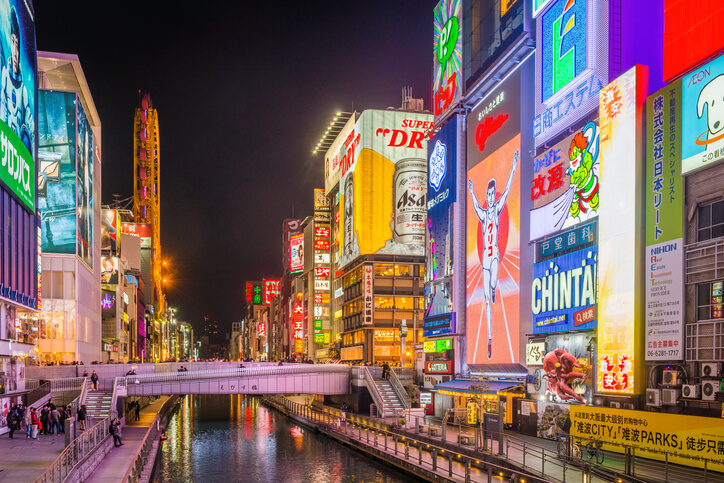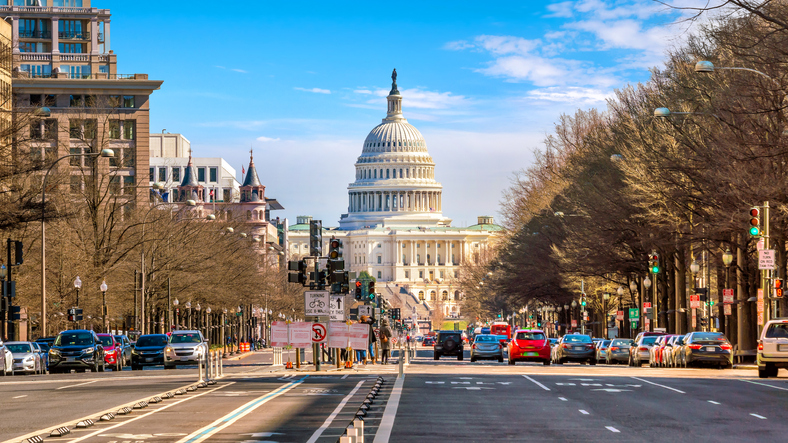Like all forms of art, anything born out of our imagination takes a lot of their inspiration from our lives and the world we live in. As technology has improved over the last 30 years, the extent to which a virtual game resembles their real-life inspiration has improved as well, as you can see here with these places that became video game inspirations.
Also Read: Music Video Locations That Should Be On Your Bucket List!
Whether a game developer is trying to exactly recreate the landmark or city that has inspired them or whether he/she makes use of a particularly impressive monument as a muse for their fantastical virtual worlds; using these real-life locations as a template adds an air of relate-ability as well as credibility to the worlds they create. Most of these game studios spend thousands of hours and millions of dollars getting the attention to detail they desire just so the player can feel fully immersed in the world that they have‘re-created’.
With this list of incredible gaming world locations that you can visit for real, perhaps you’ll find your next travel destination or perhaps you will just find another cool new game to add to your library.
1Infamous: Second Son – Seattle

The Sucker Punch Productions have set Infamous: Second Son at their hometown Seattle so that they could draw from their personal experiences in the open world’s design. They did a fantastic job representing not only the mixture of “old and new” architecture but also the weather, flora and the general atmosphere of the city. Check out the similarities here.
2Sleeping Dogs: Hong Kong

Sleeping Dogs is set in a contemporary Hong Kong, which is split into four districts named after regions of the city. For this game, the designers performed extensive research in Hong Kong to create an accurate portrayal of the city and its atmosphere. Their recreation of Hong Kong’s quaint juxtaposition of opposing architecture, from its futuristic skylines to its traditional parks and archways at ground level –is simply remarkable. Check out the similarities here.
3Yakuza: Tokyo

The Yakuza franchise gives an action-packed yet authentic depiction of life in Kamurocho and Sōtenbori, which are fictionalized recreations of Tokyo’s Kabukichō and Osaka’s Dōtonbori areas respectively. With incredible attention to detail, the developers give the gamers the most immersive experience possible. The restaurants, hotels, street-signs and neon advertisements in this game have painstakingly imitated Tokyo’s seedier parts. Check out the similarities here.
4Assassin’s Creed II: Italy

Ubisoft’s Assassin’s Creed franchise depicts a centuries-old struggle, now and then, between the Assassins, who fight for peace with free will, and the Templars, who desire peace through control. Featuring historical fiction and science fiction, the game has a new story and time period that are introduced in each entry. What’s fascinating is that with each game entry, the developers have brought the most accurate representation of their virtual world (historical and present) for an immersive experience for the player. Check out the similarities here.
5Fallout 3: Washington DC

Bethesda Game Studios sets Fallout 3 the year 2277, within a post-apocalyptic environment that covers the ruins of Washington, D.C, Northern Virginia, and parts of Maryland. While the developers give us impressive renditions of apocalyptic wastelands but the most recognizable is their rendition of the US capital in Fallout 3. Game’s scaled landscape contains numerous real-life landmarks such as the White House, the Jefferson and Lincoln Memorials, Arlington National Cemetery and the Washington Monument. Check out the similarities here.
6Watchdogs 2: San Francisco

Ubisoft has done a remarkable job of recreating the city of San Francisco and the surrounding Bay Area as the main setting for this game. The game’s development team gives us the most faithful and contemporary rendition of the city, including all the famous landmarks as well as the coastline and wharves. Ubisoft Montreal made frequent scouting trips to California to research the setting and attempted to put most of the local landmarks in that region in the game. Over 40,000 pictures and more than 200 hours of video footage of San Francisco were captured and used a blueprint of sorts to recreate the city. Check out the similarities here.
7Far Cry 4: Nepal

Far Cry 4, the fourth instalment of the Far Cry series and is set in the fictional Himalayan country: Kyrat. When building Kyrat, the developers merged elements from real-world regions including Nepal and Tibet. They hoped that through the designed virtual world, the players could experience a sense of exploration when travelling between distant snow-capped mountains and seemingly endless and varied terrains. For the game, the narrative director Mark Thompson and production manager Philippe Fournier took a trip to Nepal to explore the country and culture upon which Kyrat is heavily based. Check out the similarities here.
8Persona 5: Tokyo

Chronologically the sixth instalment of the Persona series, Persona 5 is based in Tokyo. The main aim of the game’s environments was to create a sense of realism, with Tokyo being modelled after real locations. The model is Tokyo’s Sangenjaya, a peaceful and quaint little neighbourhood nestled in the Tokyo metropolis just west of Shibuya and away from the sensory overload of that area. Check out the similarities here.
9Final Fantasy XV: Venice

This action role-playing game is a part of Final Fantasy series and was developed keeping in mind the central theme which is “fantasy based on reality”. The virtual world of the game and the story is based on the real world and the fantasy elements grew out of familiar settings. Some of these real-world locations that Final Fantasy XV is based on are: the districts of Tokyo, the Piazza San Marco and St Mark’s Basilica in Venice. Insomnia specifically is influenced by the Shinjuku, Tokyo area. The team created these designs by driving down the real-world locations repeatedly during their research. Check out the similarities here.
10Dark Souls: Milan

FromSoftware’s epic adventure game “Dark Souls” is known for its well-thought-out level design, and medieval dark fantasy setting. The visual designs of the world and characters of Dark Souls contain many philosophical and folkloric parallels among Greek mythology, Japanese mythology, French existentialism, and the work of proto-existentialist philosophers like Friedrich Nietzsche. In fact, TIL Anor Londo from the game was extensively modelled around the real-world cathedral of Il Duomo di Santa Maria (Cathedral of Saint Mary) in Milan, Italy. Check out the similarities here.
Also Read: 22 Fictional Places You Can Actually Visit!
Visit these locations that have inspired different virtual worlds and do let us know about your experiences below!


